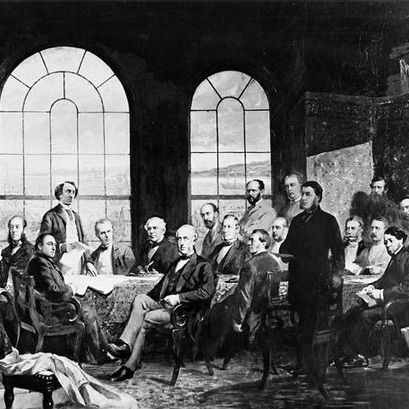Happy Holidays everyone!
Here is a Santa Claus from every province, from west to east and through the territories.
1. British Columbia
Here is a Santa Claus from every province, from west to east and through the territories.
1. British Columbia

A Santa Claus from every province, from west to east and through the territories.
9. Prince Edward Island
9. Prince Edward Island

A Santa Claus from every province, from west to east and through the territories.
10. Newfoundland and Labrador
10. Newfoundland and Labrador

A Santa Claus from every province, from west to east and through the territories.
12. Northwest Territories
12. Northwest Territories

A Santa Claus from every province, from west to east and through the territories.
13. Yukon Territory
13. Yukon Territory

While the AI stuff is a fun way to showcase interesting things about Canada, my main goal online is sharing Canada's amazing history.
I research and write all my content, so if you would like to support my Canadian history work, you can at 👇
buymeacoffee.com/craigU
I research and write all my content, so if you would like to support my Canadian history work, you can at 👇
buymeacoffee.com/craigU
When I do these province threads, I typically have one that is outside the box, weird, etc.
When I had the Muppet provinces, Manitoba's looked homeless.
When I had the Batman provinces, BC's had no pants on.
Since it is Christmas though, here is a happier Nova Scotia Santa.
When I had the Muppet provinces, Manitoba's looked homeless.
When I had the Batman provinces, BC's had no pants on.
Since it is Christmas though, here is a happier Nova Scotia Santa.

• • •
Missing some Tweet in this thread? You can try to
force a refresh





























